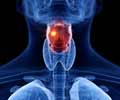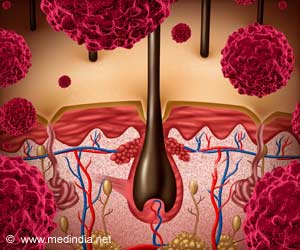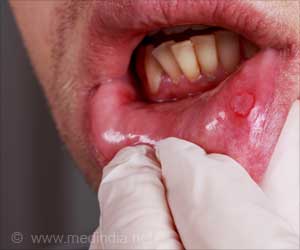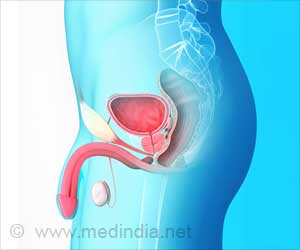
- Increased annual international community funding of US$18 billion globally could save three million lives per year by 2030 and many more in succeeding decades, through prevention, earlier detection and improved care for cancer patients.
- Increased funding will also provide pain relief to ease the deaths of millions who will die of cancer during this period.
- A tripling of tobacco taxes alone would raise tax revenue available to governments to US$400 billion annually and could encourage one-third of smokers to quit, according to today’s new figures.
Headline data presented at the World Cancer Congress in December from DCP3, Cancer (Volume 3 of the third DCP edition) calls on middle-income countries with the means to do so to increase spending on cancer by 2-5% of their health budgets. Low-income countries – where services are least developed, facilities largely absent and trained cancer experts few – will need support from the international community to build capacity, a process that is likely to take a decade or more.
The World Health Organization recommended “best buys” for non-communicable diseases (NCDs) in 2011, including these cancer prevention interventions:
- Tobacco taxation, regulation and control to reduce tobacco-related cancers.
- Hepatitis B (HBV) vaccination to prevent liver cancer.
- Screening and treatment for precancerous cervical lesions.
- HPV vaccination for adolescent girls to prevent cervical cancer.
- Pain control for advanced cancer.
- Treatment of selected paediatric cancers.
- Diagnosing and treating early-stage breast and colon cancers.
“It is not beyond us to prevent premature deaths from cancer, so we simply cannot sit back and continue to let the global burden grow. On World Cancer Day 2015 we demand that the international community unites to invest in improved cancer control interventions, particularly in low- and middle-income countries,” urges Cary Adams, Chief Executive Officer, Union for International Cancer Control (UICC). “Feasible and affordable solutions exist across the entire spectrum of cancer such as increased tobacco control, earlier detection and treatment, plus access to life-saving vaccination programmes, which if implemented, will help to significantly reduce disease-based poverty and prevent millions of preventable deaths.”
Advertisement














